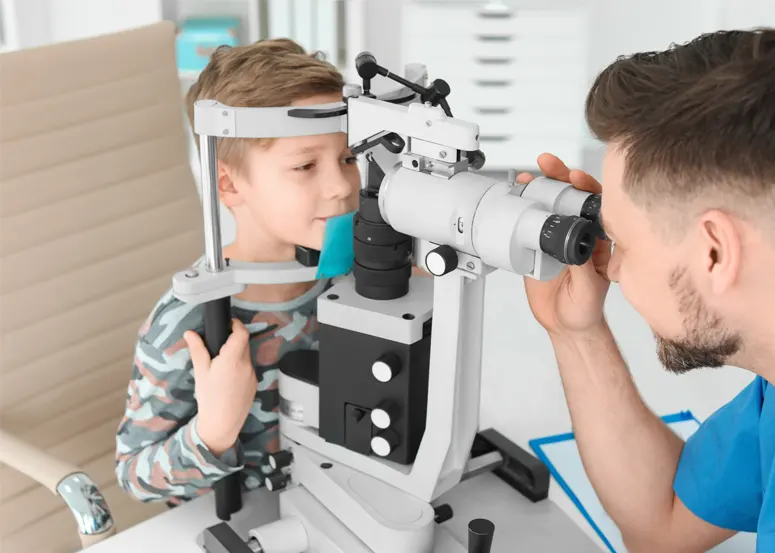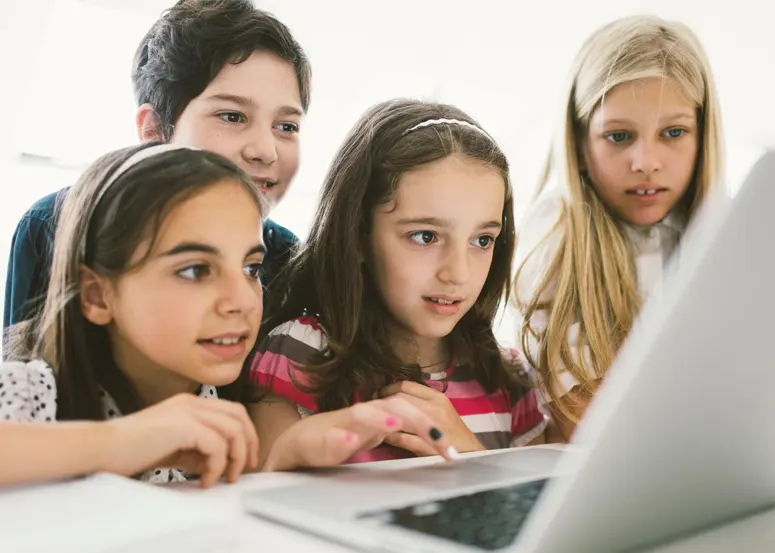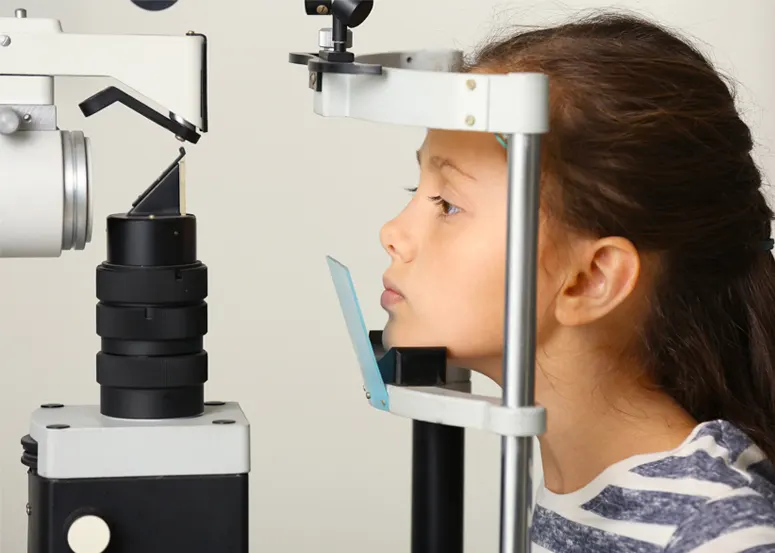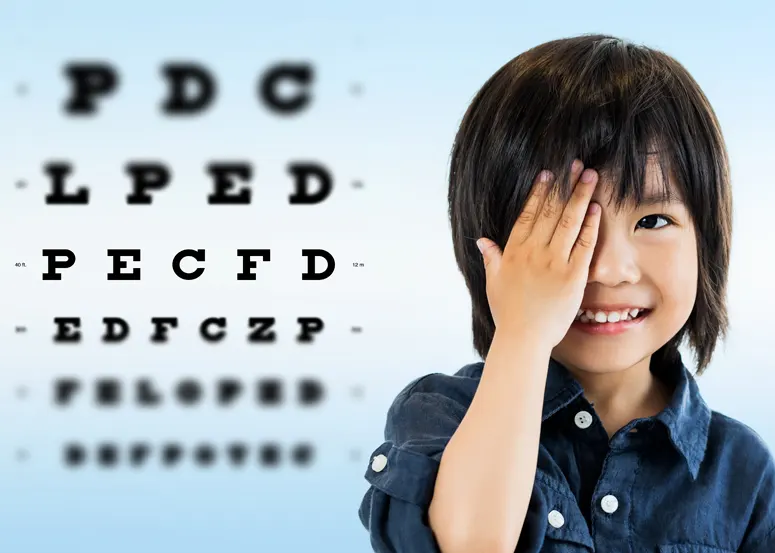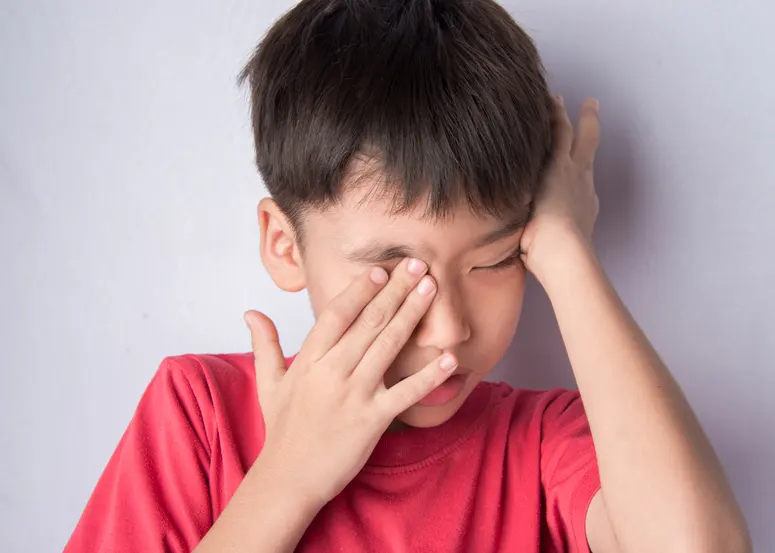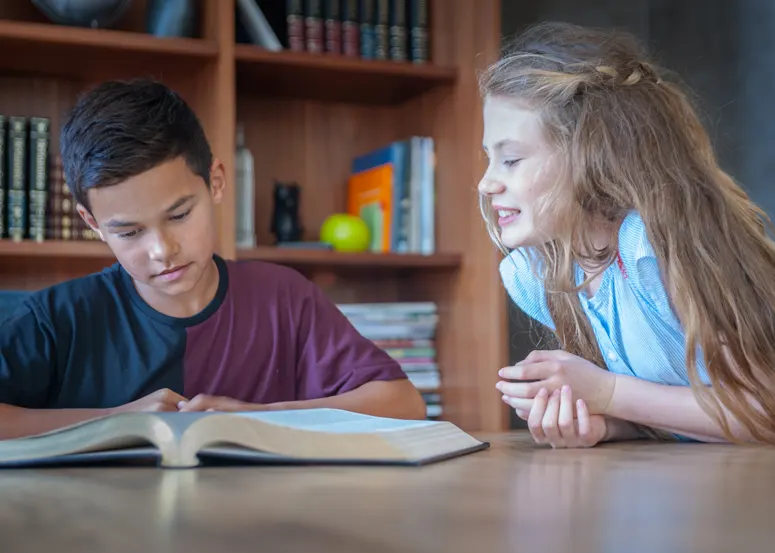

For Teachers
Teachers can play a very important role in identifying a student with vision difficulties, ideally before they start to have a significant impact on their learning. Here you will find a range of myopia resources for use in your classroom.
HEAR FROM THE EXPERTS
Myopia Matters: Look out for the early warning signs of myopia
Read Article

 DOCX, 88 KB
DOCX, 88 KB
HEAR FROM THE EXPERTS
Helping parents see the big picture: Why your kids need a regular eye test
Read Article

 DOCX, 14 KB
DOCX, 14 KB
HEAR FROM THE EXPERTS
Child myopia: Top four tips to protect your child’s eyesight
Read Article

 DOCX, 14 KB
DOCX, 14 KB
HEAR FROM THE EXPERTS
Myopia management: What is it and why is it important?
Read Article

 DOCX, 12 KB
DOCX, 12 KB
HEAR FROM THE EXPERTS
Childhood myopia: Should it be managed or treated?
Read Article

 DOCX, 14 KB
DOCX, 14 KB
HEAR FROM THE EXPERTS
A focus on child myopia: What can I do to help my child?
Read Article

 DOCX, 24 KB
DOCX, 24 KB
HEAR FROM THE EXPERTS
Device time: Is it impacting your child’s sight? We answer parents’ common questions
Read Article

 DOCX, 24 KB
DOCX, 24 KB
HEAR FROM THE EXPERTS
More green time less screen time
Read Article

 DOCX, 27 KB
DOCX, 27 KB
HEAR FROM THE EXPERTS
Myopia: Signs to look out for
Read Article

 DOCX, 28 KB
DOCX, 28 KB
HEAR FROM THE EXPERTS
Time for a check up? Time to book an eye examination
Read Article

 DOCX, 34 KB
DOCX, 34 KB
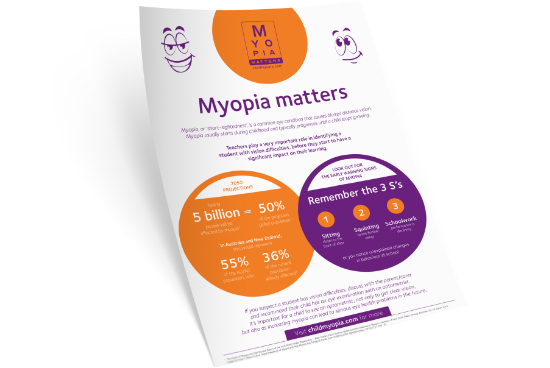
POSTERS
Myopia Matters: Staffroom Poster

 PDF, 39 KB
PDF, 39 KB
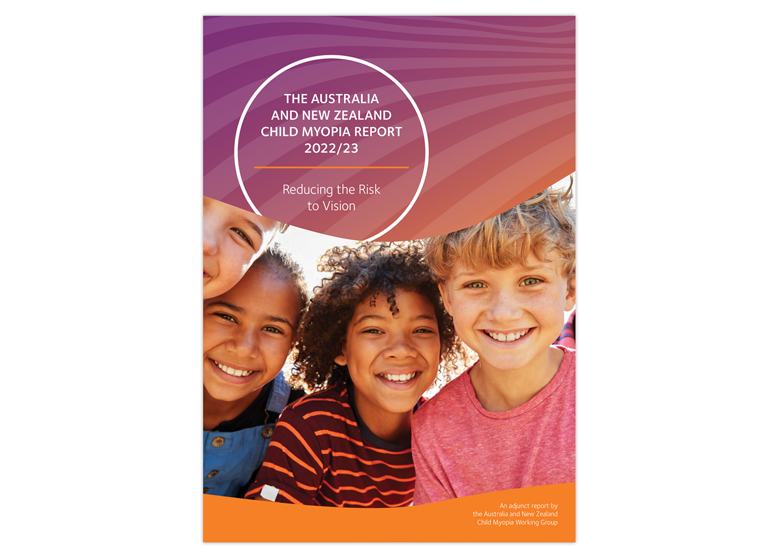
MYOPIA REPORT
The Australia and New Zealand Child Myopia Report 2022/23
The Australia and New Zealand Child Myopia Report 2022/23-Reducing the Risk to Vision is an adjunct to the inaugural report published by the Child Myopia Working Group in 2018. This 2022/23 adjunct report seeks to highlight the shift in trends, awareness and understanding of myopia since then and presents the Group’s recommended Standard of Care for managing myopia.

 PDF, 563KB
PDF, 563KB
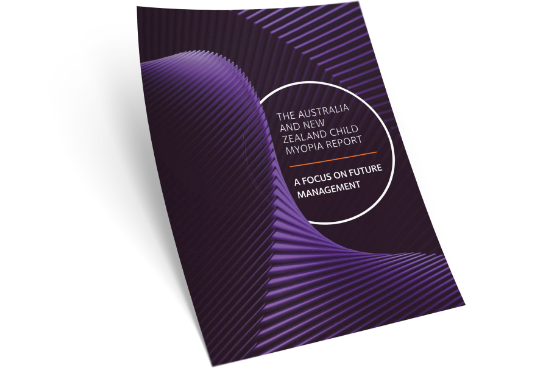
MYOPIA REPORT
The Australia and New Zealand Child Myopia Report
The Australia and New Zealand Child Myopia Report – A Focus on Future Management brings together the latest evidence-based data to better understand the issue.

 PDF, 5.1 MB
PDF, 5.1 MB
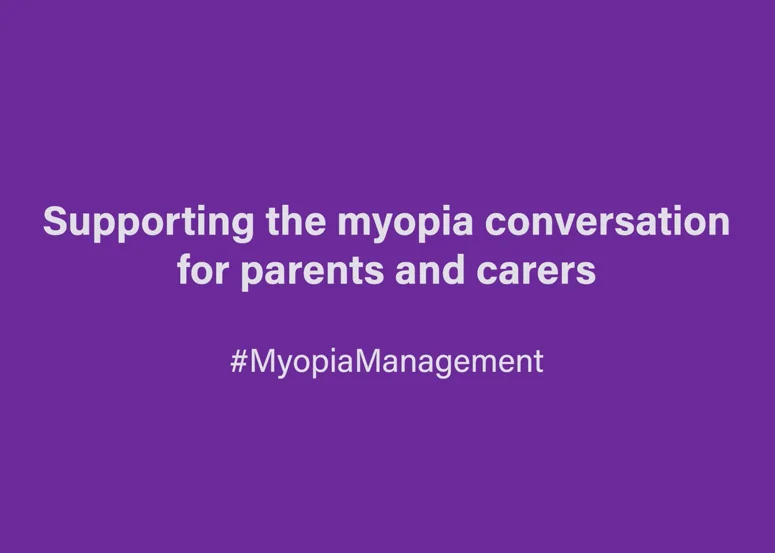
VIDEOS
Supporting the myopia conversation for parents and carers

 MP4, 267MB
MP4, 267MB
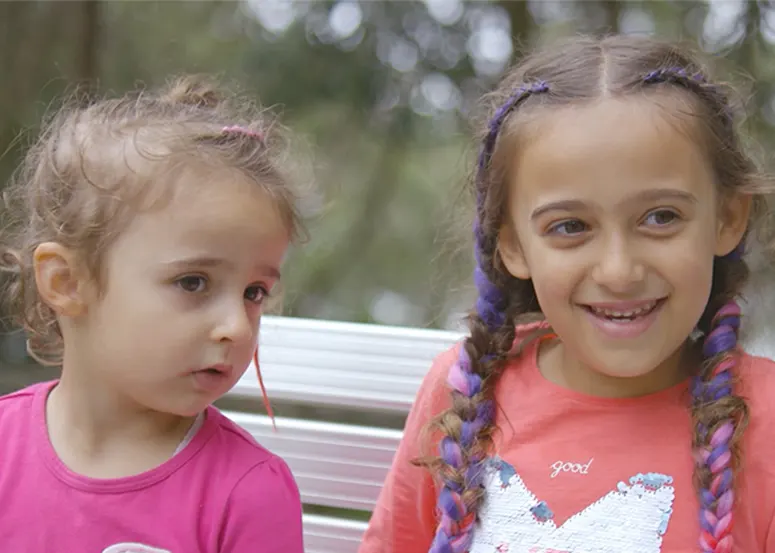
VIDEOS
Part 1: Eye Health

 MP4, 135.9 MB
MP4, 135.9 MB
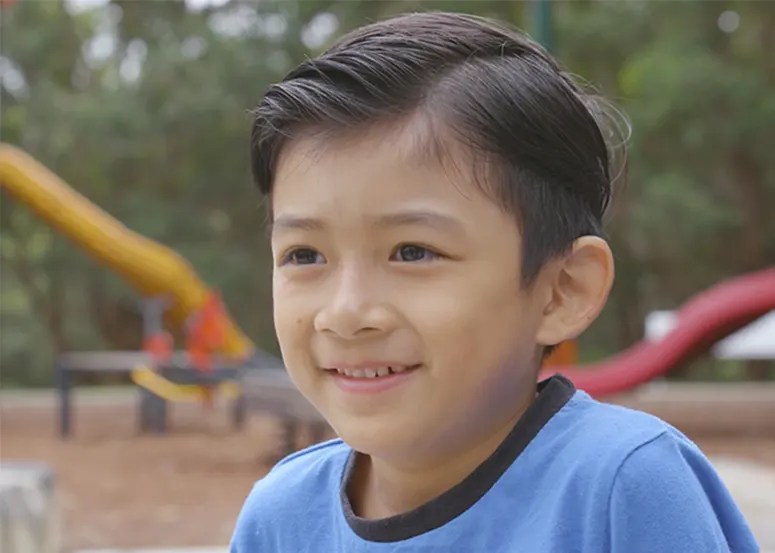
VIDEOS
Part 2: Role of an Optometrist

 MP4, 118.8 MB
MP4, 118.8 MB
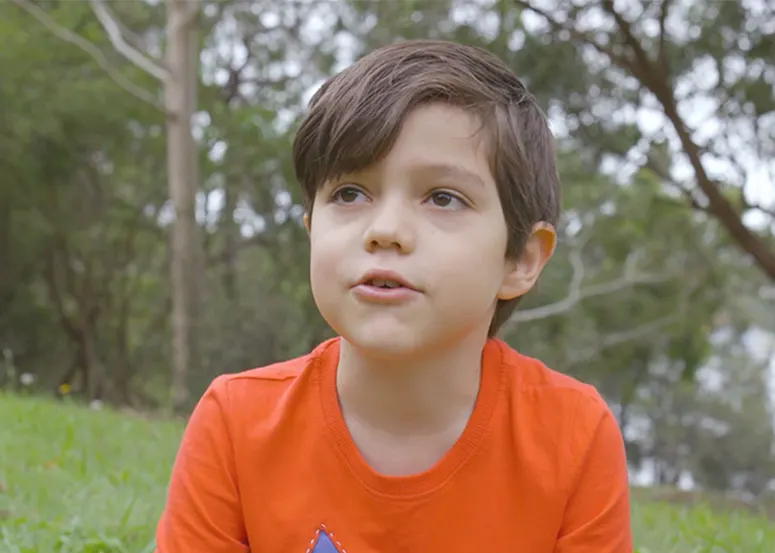
VIDEOS
Part 3: Myopia Knowledge

 MP4, 119.1 MB
MP4, 119.1 MB
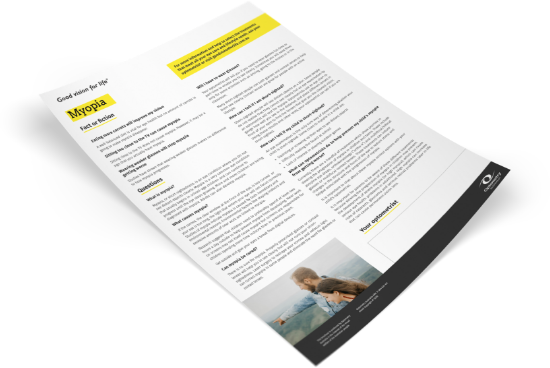
FACT SHEETS
Optometry Australia Fact Sheet: Myopia: Fact or Fiction
A fact sheet to help guide your myopia discussion in the practice setting.

 PDF, 149 KB
PDF, 149 KB
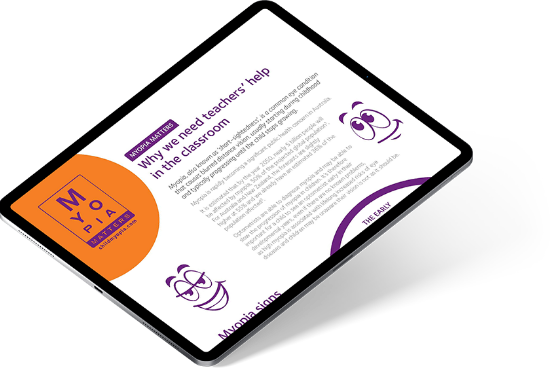
FACT SHEETS
Myopia Matters: Teachers Fact Sheet
A useful fact sheet to use in the classroom.

 PDF, 58 KB
PDF, 58 KB

FACT SHEETS
Child Myopia Brochure (Chinese version)
A useful brochure and resource for parents to understand myopia and record notes when they visit the optometrist.

 PDF, 2.2 MB
PDF, 2.2 MB
Frequently Asked Questions (FAQs)
Myopia is a common eye condition in which light is focused in front of the retina, resulting in blurred distance vision. People with myopia can often see quite clearly at close distance but distant objects will be blurred.
Myopia usually starts during childhood, typically progressing until the child stops growing.
Myopia is a common eye health condition not just a vision condition.
As research and technological innovations in this area continue, optometrists now have a range of new management options which mean they can not only provide clear vision but slow down the progression of myopia.
There are two main risk factors for a child developing myopia: lifestyle and family history. Modern lifestyles may influence the development of myopia. These include:
- Low levels of outdoor activity6 and associated factors including:
- Low levels of light exposure7.
- Prolonged near tasks8 such as reading and gaming on portable devices.
The majority of myopia progression typically occurs between the ages of 6-17 years as this is a key growth time for children, and their eyes.
Remember the three ‘S’s’
- Sitting closer to the front of class.
- Squinting to see further away.
- Schoolwork performance is declining.
Or if you notice unexplained changes in your student’s behaviour at school.
Build in regular breaks from devices.
Limit computer sessions which include short breaks from looking at the computer (for at least five to ten minutes every hour).
Optometrists can identify children more likely to become myopic and advise parents about interventions including increased outdoor time.
A child’s first eye test should be with an optometrist before starting school and at regular intervals thereafter*.
*As recommended by Optometry Australia and the New Zealand Association of Optometrists.

